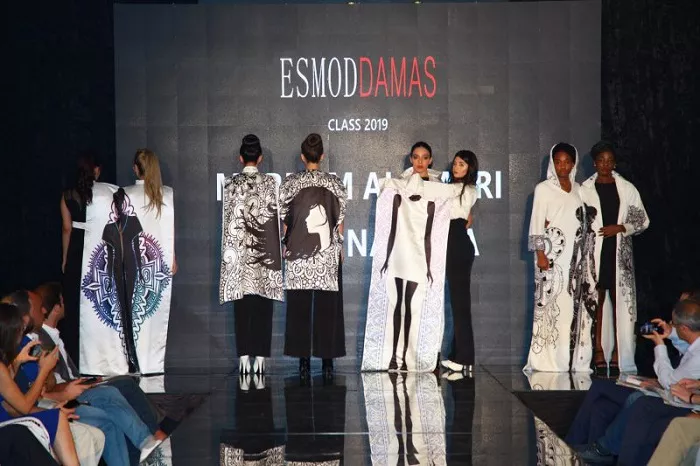Véronique Beaumont, Chief Operating Officer of ESMOD International, recently spoke to fashion design students at ESMOD Kuala Lumpur The One Academy (TOA). Her visit provided students with a global view of ESMOD’s fashion legacy and current trends.
ESMOD, based in Paris and the world’s first fashion school, has been a leader in fashion education for over 180 years. CEOWORLD magazine recently ranked it among the top five fashion schools globally for 2024 and the best in France.
With 35 years of experience in luxury and fashion, Beaumont has worked with renowned designers like Karl Lagerfeld, Paco Rabanne, Sonia Rykiel, and Christian Lacroix. She is also an educator and researcher, focusing on fashion’s future and emerging trends.
In her presentation titled “Fashion & Luxury 5.0,” Beaumont discussed the Fifth Industrial Revolution, or Industry 5.0. This new phase of industrialization highlights the collaboration between humans, advanced technology, and AI-driven robots to enhance work processes.
Beaumont shared ESMOD’s journey from its founding in 1841 to its current innovations. Notably, ESMOD was the first European school to offer a Meta-Wear class, which trains future digital fashion designers in the Metaverse and non-fungible tokens (NFTs).
“We aim to prepare professionals for the evolving fashion industry and promote sustainable fashion,” Beaumont said.
The integration of 3D digital learning is transforming fashion design education. Students now use advanced tools to create, visualize, and present their designs. They can develop digital prototypes, experiment with various fabrics, colors, and patterns, and present collections through virtual fashion shows.
Virtual reality (VR) and augmented reality (AR) technologies also play a role. VR allows for global fashion shows without logistical issues, while AR fitting rooms enable customers to try on clothes virtually using their smartphones or AR devices.
ESMOD’s courses include digital garment creation using CLO3D software, which offers realistic virtual garment visualization with advanced simulation technologies. This approach aligns with Industry 5.0’s goals, such as personalized and on-demand production to minimize waste, sustainable practices using eco-friendly materials, and promoting a circular economy in fashion.
While embracing new technologies, ESMOD continues to value traditional craftsmanship and the human element in fashion. This balance between innovation and heritage is paving the way for new career opportunities in the industry.
Related topics:
- WNBA Players Make Waves In Fashion World This Summer
- Innovative Fashion For Video Games: A WSU Student’s Vision
- Founders Of Rotate Celebrate Major Milestones In Copenhagen

